Tan, a veteran semiconductor executive, acknowledged that Intel has fallen behind in the race for AI chips, the most important area of modern technology. “We were the leader 20, 30 years ago, but the world has changed. Now we are not even in the top 10 semiconductor companies,” he said.
It was not just a warning, but a rare admission from the head of the company once considered an icon of American technology.
The Mistake of the Ruler
From the late 1990s to the mid-2010s, Intel was virtually synonymous with the term “brain of the computer.” Its Pentium, Core i3, i5, and i7 processors were found in billions of devices worldwide. The “Intel Inside” logo became part of popular tech culture.
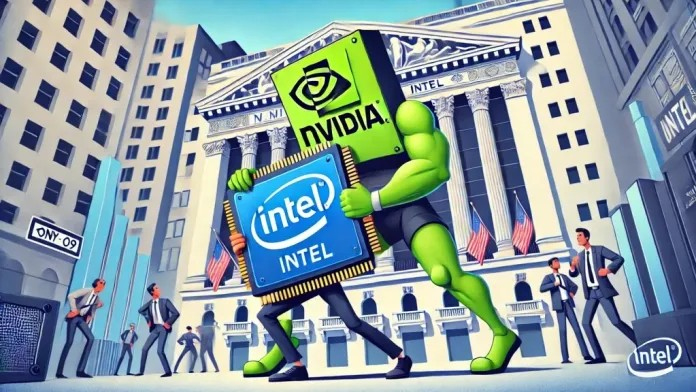
For many years, Intel controlled more than 80% of the CPU market share, had stable profits, and had a profound influence on the entire industry. However, success for too long made the company become cumbersome and conservative. As the world entered the era of cloud computing and artificial intelligence, Intel remained loyal to the “CPU-centric” philosophy, slowly shifting to GPUs – chips designed for parallel processing, the foundation of modern AI technology.
The most important milestone came in 2018, when Intel refused to invest in OpenAI, because it believed that this technology “could not be profitable in the near future”. While Intel was still hesitant, Nvidia quickly became a key partner of research centers and large technology companies, providing GPUs for all AI model training activities.
When ChatGPT launches in 2023, demand for GPUs will skyrocket. According to Yahoo Finance , any company involved in AI is almost certainly an Nvidia customer.
The numbers that follow confirm that: Nvidia accounts for more than 80% of the global AI GPU market share, while Intel is still struggling to expand its fledgling GPU business.
As Intel struggled with restructuring, Nvidia stepped up. CEO Jensen Huang saw the potential of GPUs early on. Nvidia expanded from a graphics-only company into networking chips, AI chips, and high-performance computing, with its CUDA platform becoming the industry gold standard.
According to the Los Angeles Times, in just five years, Intel’s stock has fallen more than 58%, while Nvidia’s has risen more than 1,000%. By 2025, Nvidia’s market capitalization will surpass $4 trillion, while Intel’s will be just over $170 billion. The reversal is clear: Intel is no longer the center of the chip world, despite still possessing top manufacturing capacity.
Journey to find myself
Lip-Bu Tan made no secret of the difficulties. He bluntly called it a “tough road to rebuilding.” Intel is cutting tens of thousands of jobs, closing its automotive division, outsourcing marketing and streamlining its manufacturing. “We have to be humble, we have to listen to our customers,” he said in an internal broadcast, criticizing a bureaucratic culture that has slowed down the company’s decision-making.
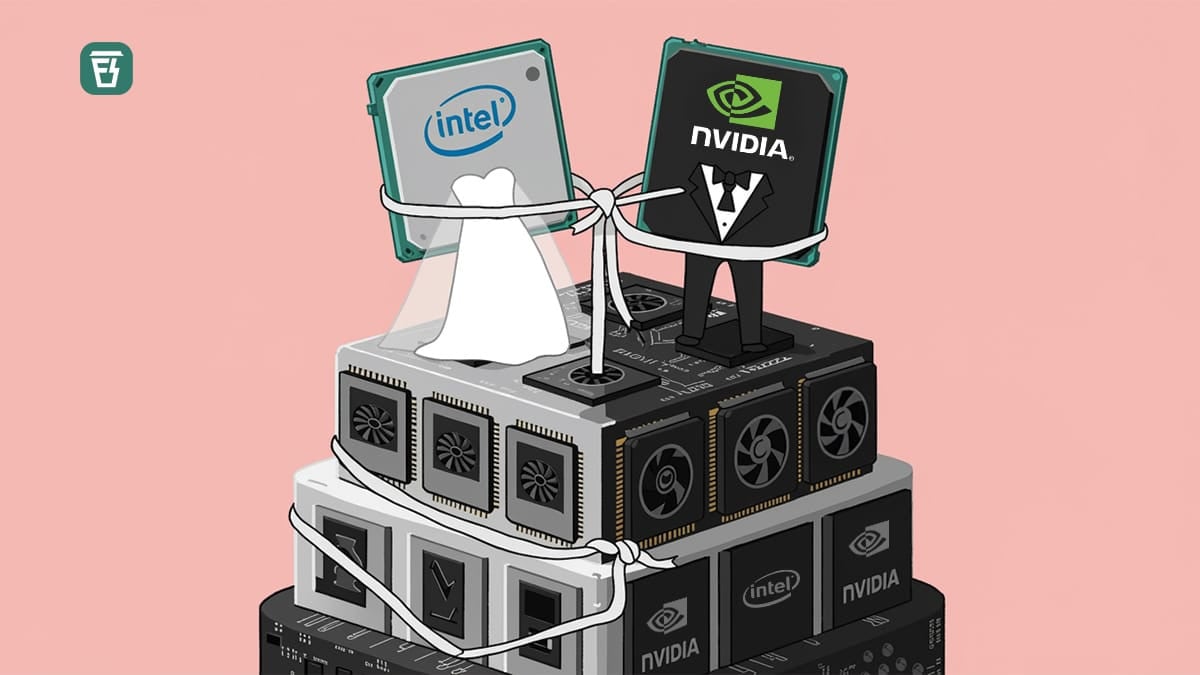
In parallel with the cuts, Intel is still trying to find a new direction. The Intel Foundry project was launched to attract outside customers to produce chips on the 18A line - a new generation of chips expected to compete with TSMC. Panther Lake products, expected to launch in 2026, are seen as an affirmation that Intel still has opportunities if it knows how to take advantage of technical advantages.
Tan also believes in edge AI – artificial intelligence that operates on personal devices rather than in data centers – and agentic AI, where systems operate autonomously, reducing human dependence. “That’s the direction we need to take,” he said.
While Intel is rebuilding, Nvidia continues to expand its power. Its GPUs now power most major language models, from ChatGPT to Gemini to Claude. Nvidia's H100 chips cost tens of thousands of dollars each, and are sought after by tech companies around the world.
Analysts see Nvidia as the “Microsoft of the AI age” – an irreplaceable infrastructure provider. Nvidia’s revenue in fiscal 2024 is expected to reach $60.9 billion, up 126% year-over-year, while Intel’s is expected to decline by 2%.
The story of Intel and Nvidia is a stark illustration of the irony of the tech industry: past success does not guarantee future success. A company that defined the personal computer era must now relearn how to adapt to the age of AI.
CEO Lip-Bu Tan's candor can be seen as the beginning of a new chapter, a period in which Intel is forced to learn to change to survive.
Hong Ly
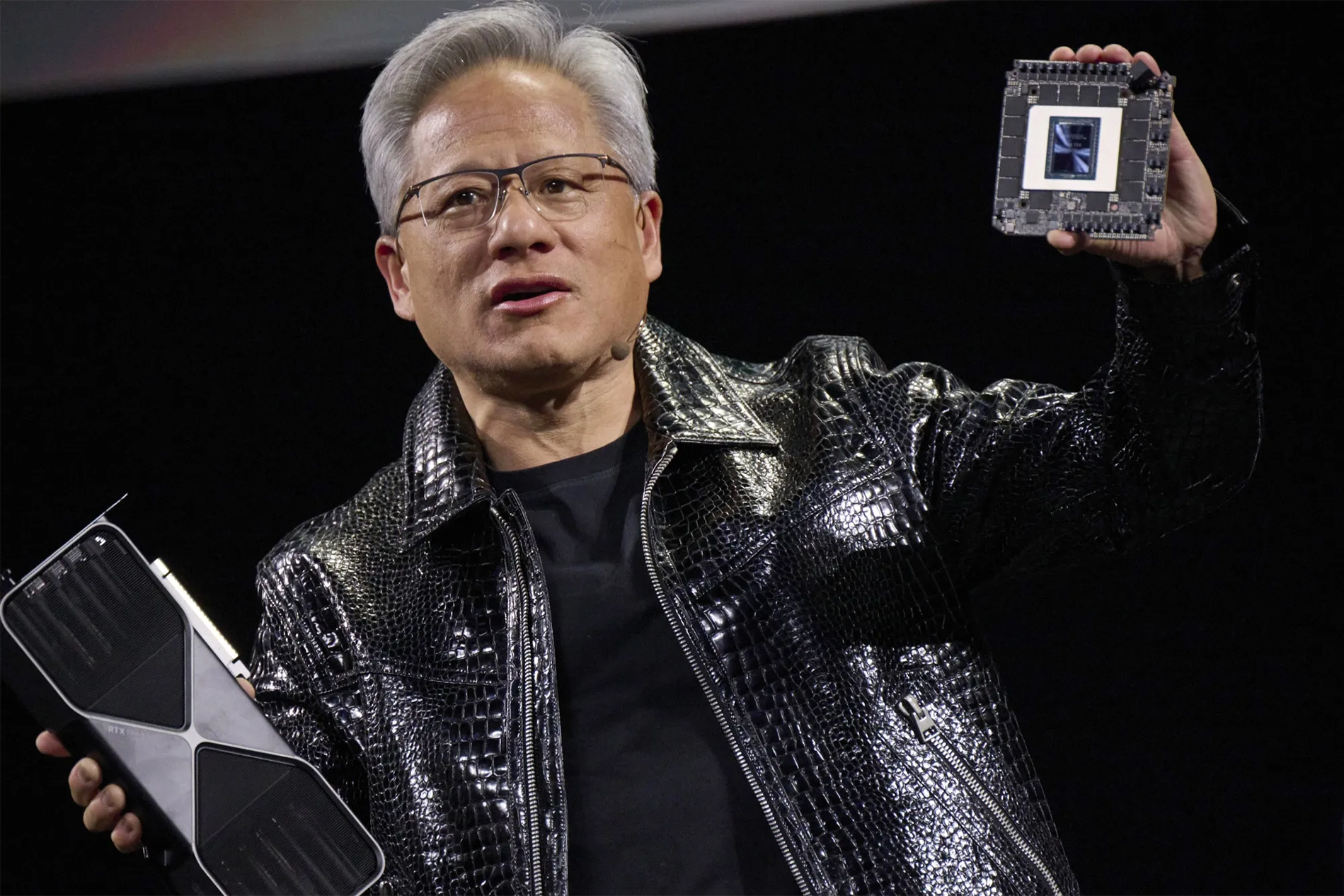
Source: https://vietnamnet.vn/nvidia-qua-manh-intel-doi-mat-thuc-te-de-tro-lai-duong-dua-ai-2454600.html










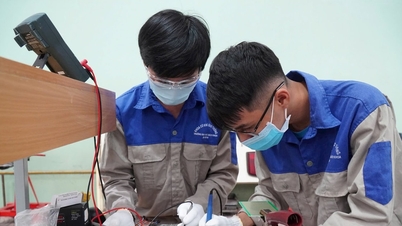



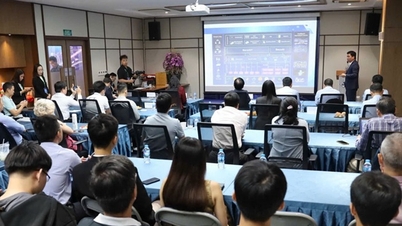



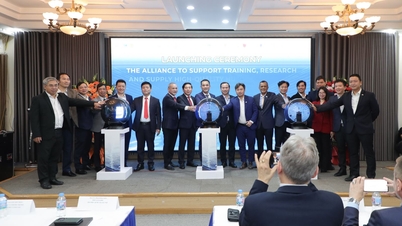




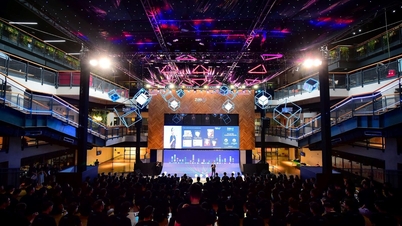


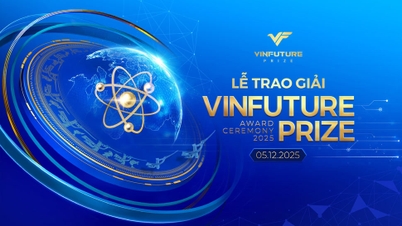









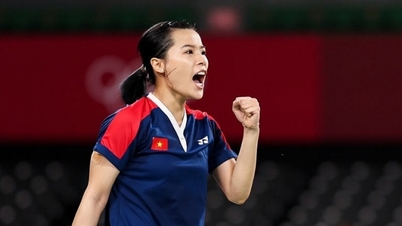


















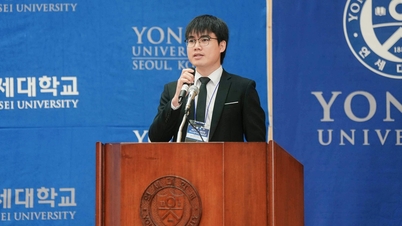


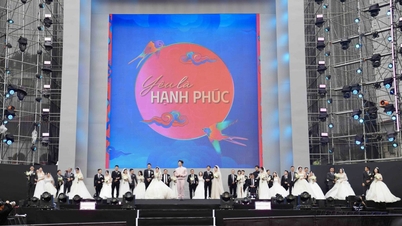



















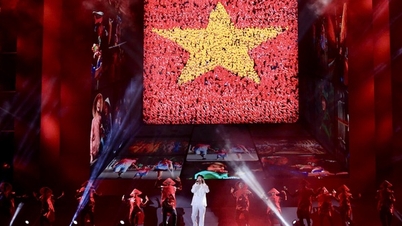






























Comment (0)